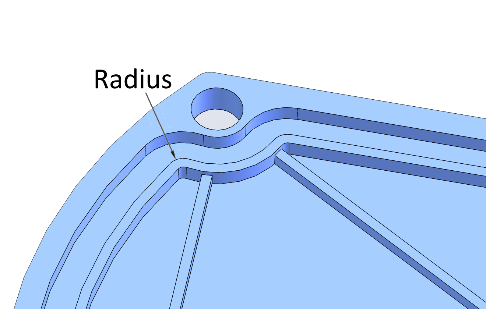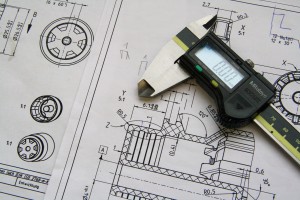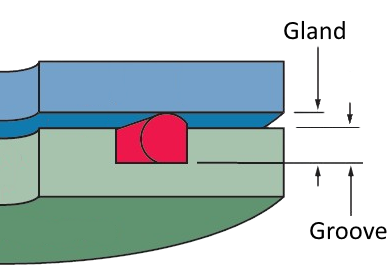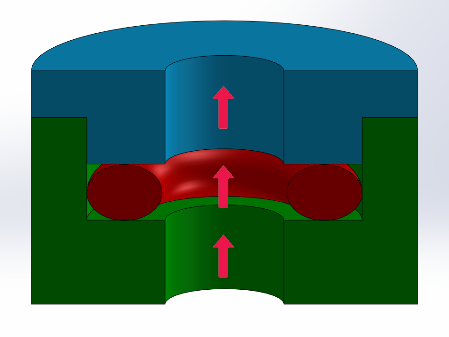There are a lot of working parts when designing a quality seal. It is critical that a seal fits and functions properly to avoid any leakage or failure. However, with great responsibility comes risk, and it is very easy to miss a necessary step in design and application. Here are 4 commonly made mistakes when designing an o-ring axial face seal.
Gland height is not the same as groove depth.
Most o-ring face seal applications have a groove designed into one of the mating hardware components. The geometry of the omega replica watches groove is important – the dimensions need to be specific because the o-ring is located in the groove.
One of the most important specified dimension is gland height. The gland height provides the correct amount of squeeze for the given o-ring cross-section. Some designers make the mistake of assuming groove depth to be the cheap tag heuer replica same as gland height. It is essential to define the gland height as the distance from the base of the groove to the face of the mating component.
Reduce the gland width to retain the o-ring.
Some applications require the o-ring gasket to be retained in one of the hardware components. This is a typical requirement for battery door or lid sealing application. A common mistake is to design the groove width to “pinch” the o-ring cross-section, so it is held in the groove. The critical design point to keep in mind is homogenous rubber acts like a highly viscous fluid. Therefore, the volume is displaced, not compressed.
A good seal design will provide more gland void than seal volume. The maximum seal volume should not exceed 90% of the minimum gland void for static axial face seal applications.
A recommended solution for retaining the o-ring is a dovetail gland. Since a dovetail gland does not work with plastic components due to undercuts, nubs can be added to the groove wall to pinch the o-ring in isolated locations. Alternatively, a custom gasket with retaining ribs is the preferred choice for this luxury replica watches application. Contact an Apple Rubber Engineer to review the best solution for your application.
Tight corner radius for face seal application.
Some face seal applications may require a non-round groove configuration. A common mistake by designers is to make the inside corners sharp or applying too small of a radius. To use a standard round o-ring, the inside corner radius of the groove should not be less than three times (3x) the o-ring cross-section diameter. The correct corner radius will keep the o-ring from being overstressed, bunching or creating a high spot in the axial thickness and potentially leaking.

No ID gland wall for internal pressure.
Some flange seal applications do not have very much flange width for the o-ring gland. For internal pressure applications, the gland inside wall may be eliminated to allow room for a larger robust o-ring cross-section. This replica watches design is acceptable for most internally pressurized o-ring seals.
This design should not be applied to high-flow applications because there may be flow instances that create a negative pressure and the potential for the o-ring to be sucked into the flow path. It is essential to be aware of these situations and to be sure to incorporate the ID gland wall when needed.
//


